Energy is a key factor in combating climate change, one of the biggest challenges the world is facing today. India has committed to cutting emissions to net zero by 2070 and set ambitious targets for adopting renewable energy. Achieving these targets requires careful planning and an overhaul of our current energy system.
Our work aims at enabling policies that encourage the adoption of rooftop solar, facilitate the development of technology for energy storage, strengthen the grid and transmission infrastructure, advance hydrogen technologies, and promote green mobility. CSTEP's research looks at the various aspects of mainstreaming renewable energy for a cleaner, greener energy sector.
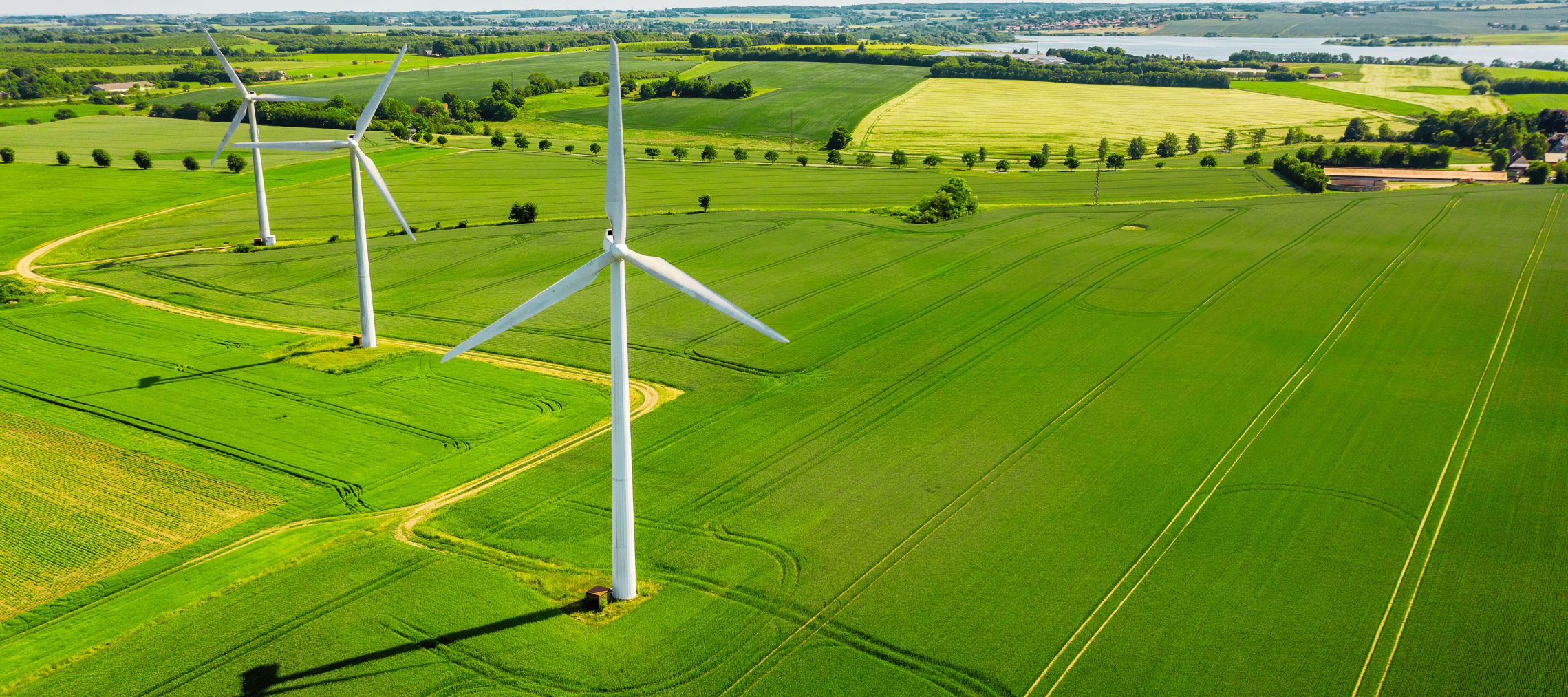
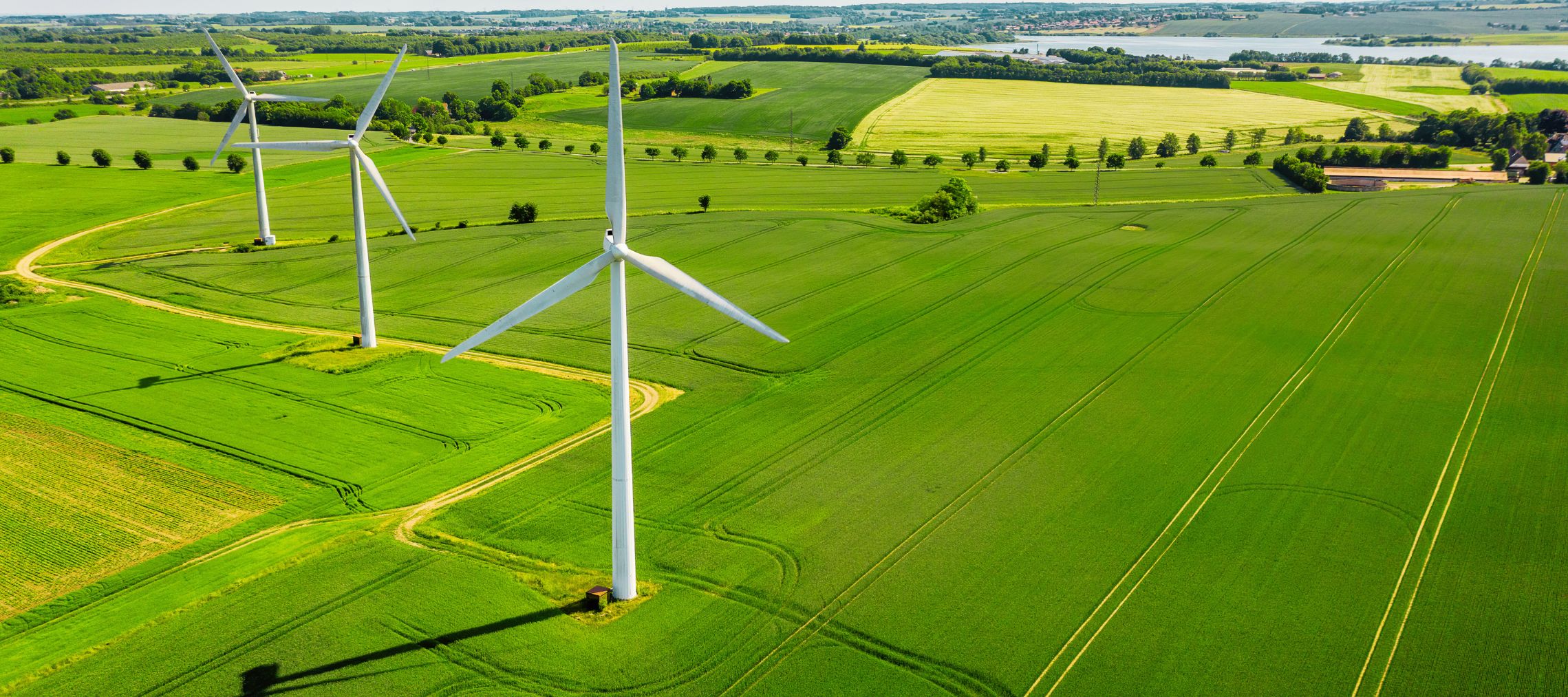

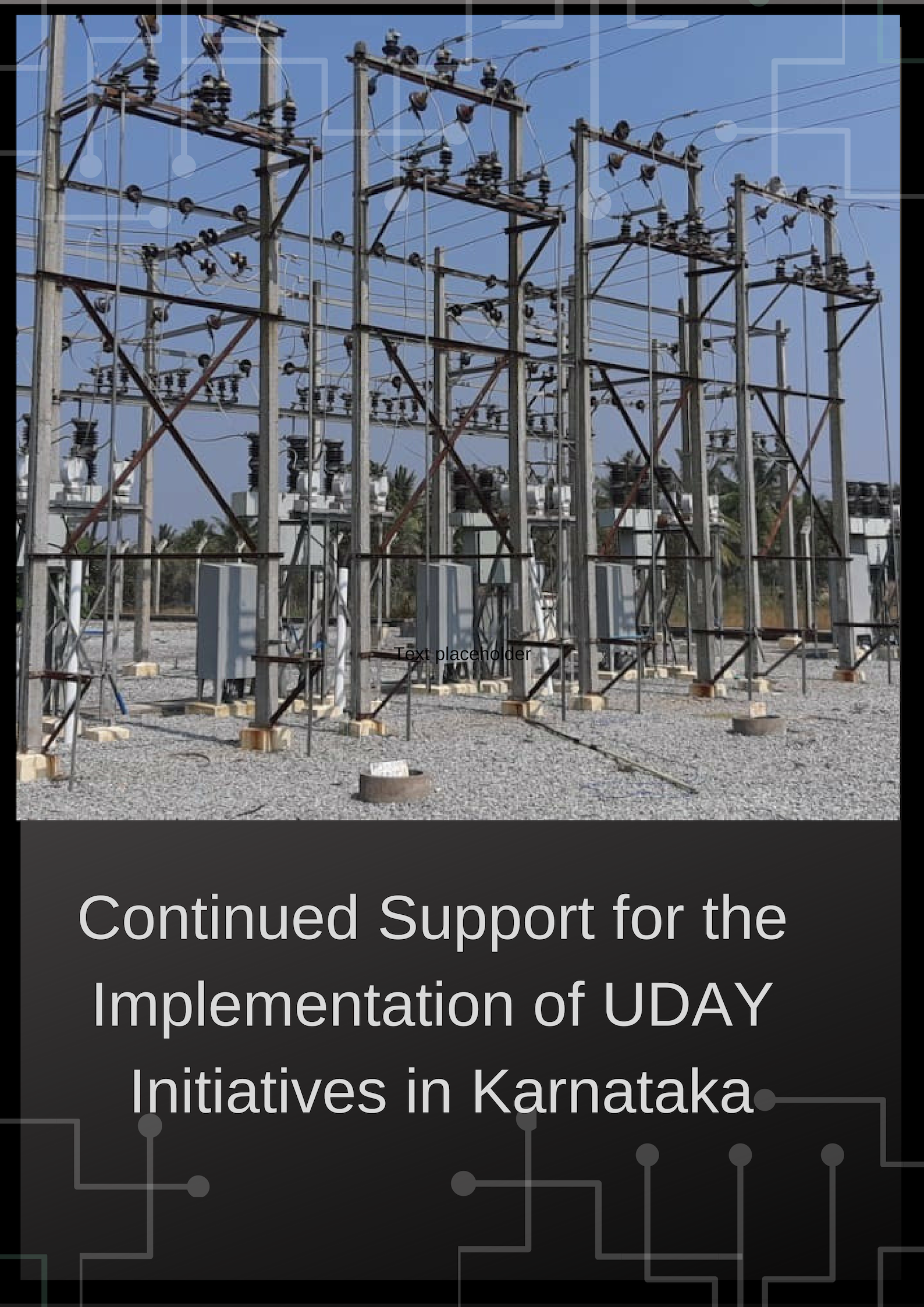

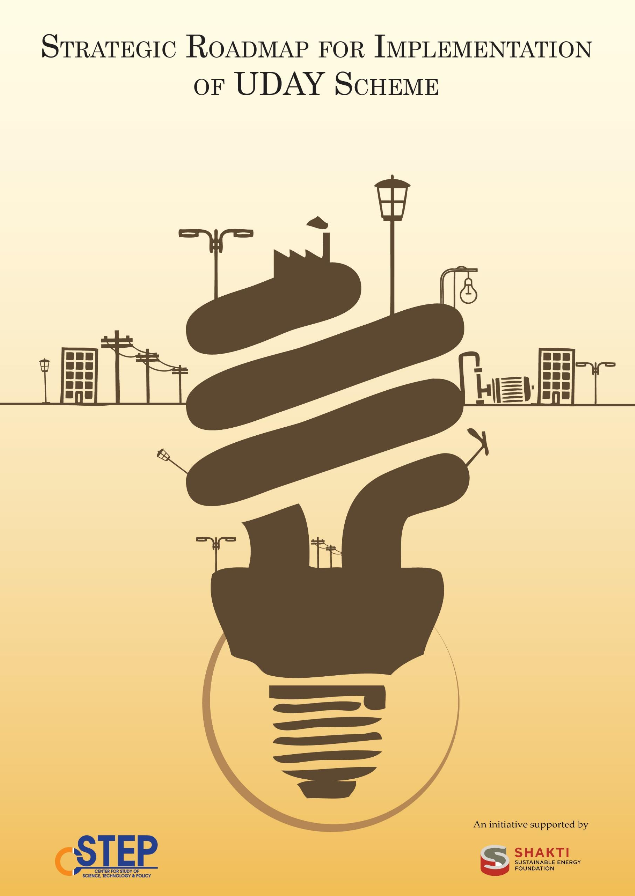
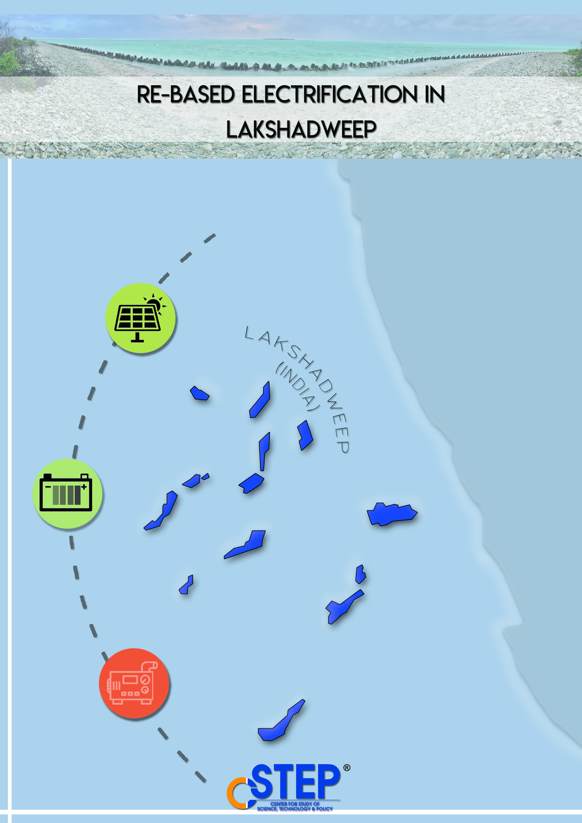
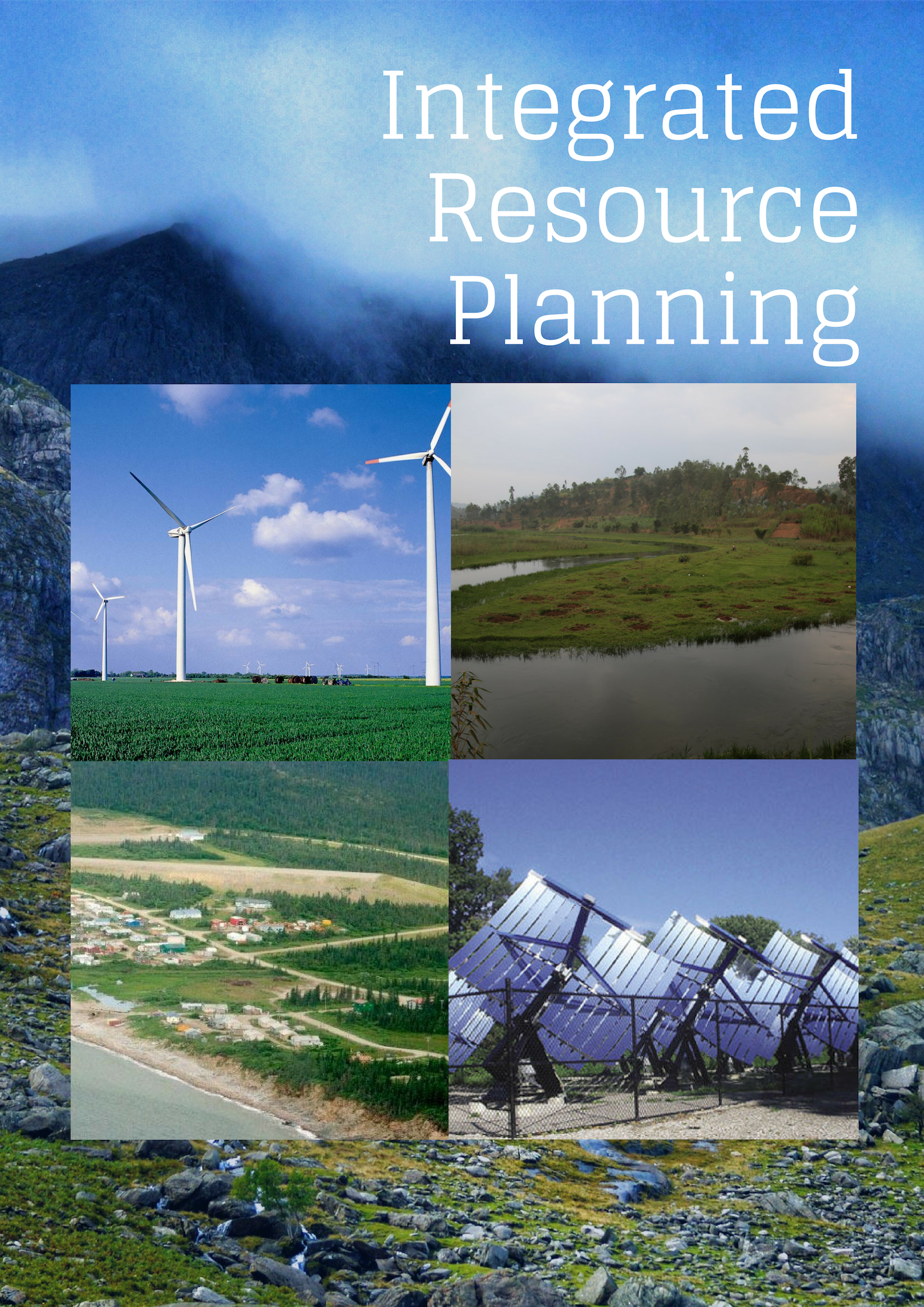
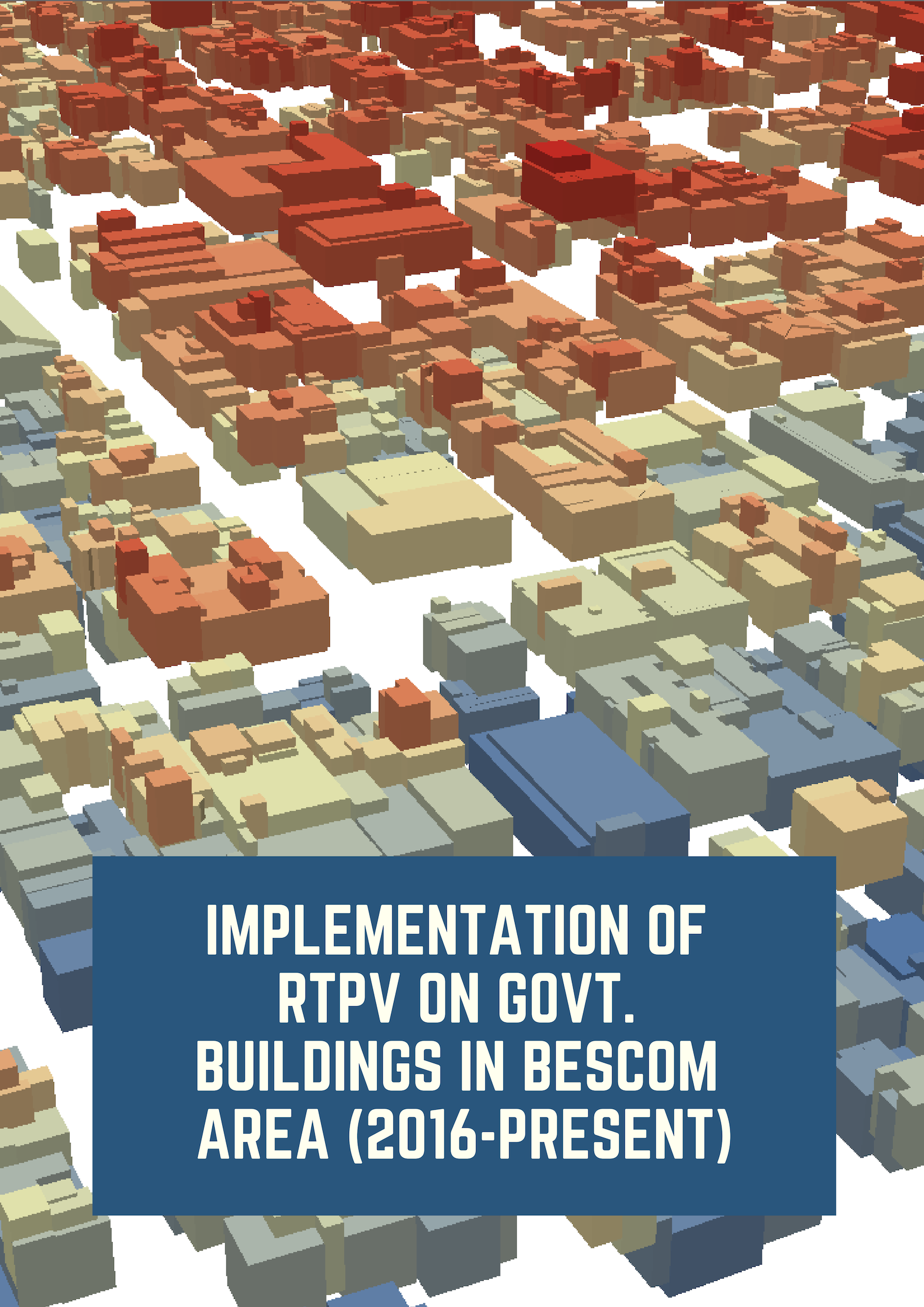


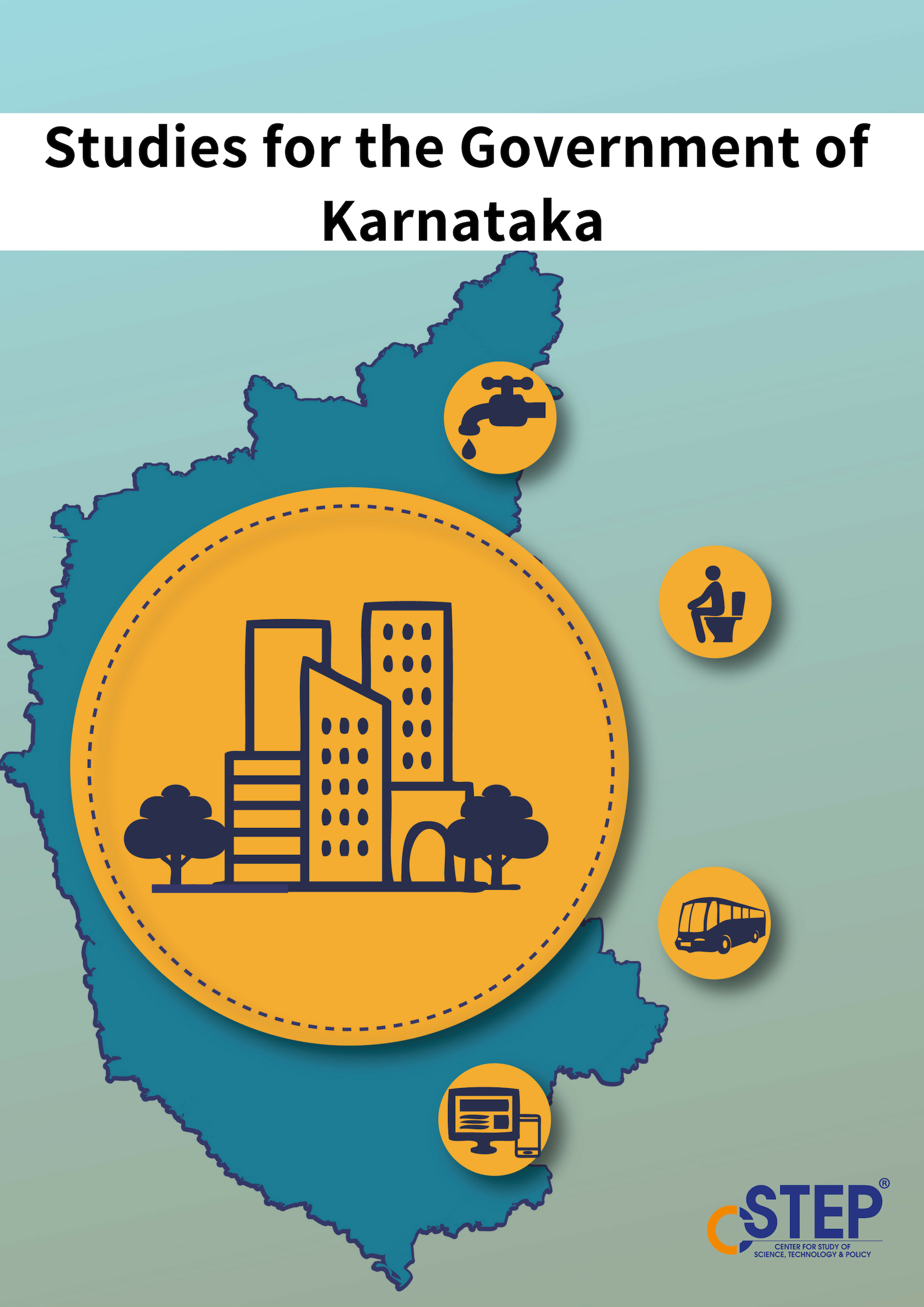

Civil Liability for Nuclear Damage Act, 2010 A Primer for the British Nuclear Industries
Civil Liability for Nuclear Damage Act, 2010 A Primer for the British Nuclear Industries.This report aims to provide an analysis of the Indian Civil Liability for Nuclear Damage Act (CLNDA), 2010 (Refer Annex 1) and its impact on the UK nuclear industries. In this context, a visit to UK Trade and Investment (UKTI) meeting held in London in January 2014 helped in getting to understand the concerns of some of the industries. It also revealed that certain gaps existed in the understanding of the act due to lack of clarity.
24x7 Power for All: Strategies for Karnataka
24x7 Power for All: Strategies for Karnataka .
Solar Energy for Process Heating: A Case Study of Select Indian Industries
The annual consumption of petroleum products in India was about 221 million metric tons in 2015. Of this, 84% was imported. The Indian industrial sector accounts for about 16%–20% of the total fuel consumption for thermal energy for different heating applications in the temperature range of 50°C–250 °C. Solar collectors can meet these temperature requirements and offer the possibility to mitigate the consumption of oil.
Preliminary design of heliostat field and performance analysis of solar tower plants with thermal storage and hybridisation
Solar tower technology has gained considerable momentum over the past decade. In a solar tower plant, a single receiver is used and the power collected by the heliostat field is strongly coupled to the tower height and its location with respect to the field. The literature available focuses largely on the component-level details of the heliostat field, ray-tracing mechanisms, receiver heat transfer analyses, etc.
Analytical expression of the physical parameters of an illuminated solar cell using explicit J-V model
Analytical expression of the physical parameters of an illuminataed solar cell using explicit J-V model.Simple explicit model was introduced to represent the J–V characteristics of an illuminated solar cell with parasitic resistances
Nuclear Viewpoint in India
Nuclear power is a crucial source of clean energy for India. In the near-term, India is focusing on thermal reactors using natural and enriched uranium. In the long-term, India is exploring various options to use its large thorium reserves. India’s present nuclear installed capacity is 5680 MW, which contributes to about 3.4% of the annual electricity generation. However, nuclear power is an important source of energy in India’s aspirations for energy security and also in achieving its Intended Nationally Determined Contributions (INDC), of 40% fossil free electricity, by 2030.
Methodology for sizing the solar field for parabolic trough technology with thermal storage and hydribization
A detailed methodology to design the size of solar field for a parabolic trough plant is not explicitly available in open literature, particularly if thermal storage and hybridization are also considered, as most of the papers present a gross overview.
Challenges and opportunities for Solar Tower technology in India
Solar Tower technology has gained considerable momentum over the past decade .Unlike the parabolic trough, Solar Tower has a lot of variants in terms of type of receivers, working fluids, power cycles, size of heliostats, etc .Most of the literature available on this technology does not address in great depths, details of various parameters associated with tower technology.The role and significance of this technology is brought out in the context of the Jawaharlal Nehru National Solar Mission (JNNSM) in order to achieve grid-connected solar power.
Reviewing India's National Mission on Electric Vehicles
In 2010, the Ministry of New and Renewable Energy proposed a 20% subsidy for electric vehicles through a scheme called the Alternate Fuels for Surface Transportation Programme. This resulted in a big leap in sales of electric vehicles, mostly in the e-bikes segment. However, this initial spurt in sales was followed by a slump. This article analyses why electrical vehicles have not taken off in India, and suggests alternatives.
